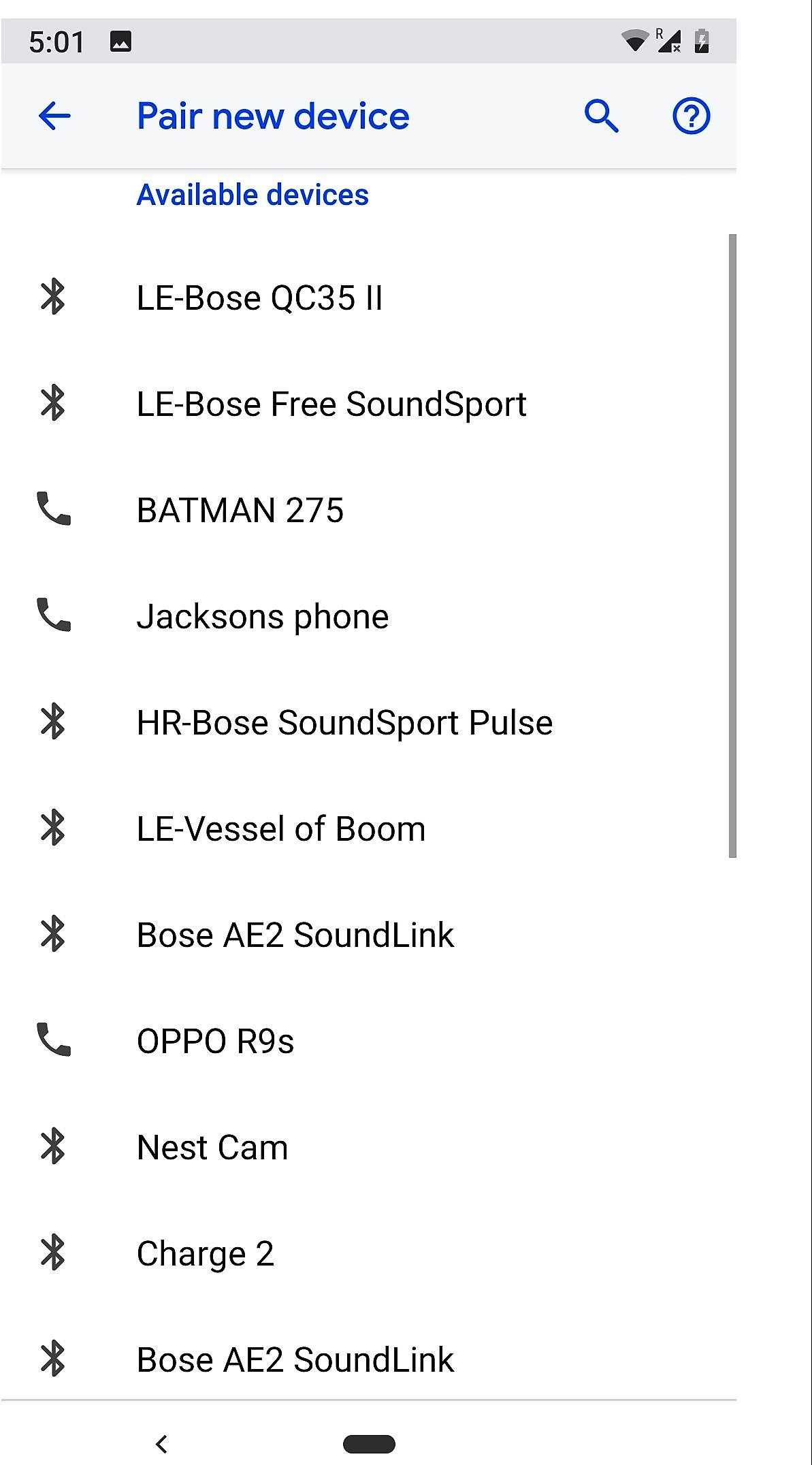Stop that RF chatter using on-demand wakeup
 I visited the Sistine Chapel at the Vatican many years ago. After all these years, my most vivid impression was not the amazing painting but the noise level inside the chapel. The tourists were so loud that the guard had to clap his hands to silence the crowd! After a momentary silence, the whispering would start. When everybody was whispering, you’d have to raise your voice to be heard. Within a minute, the guard would clap again.
I visited the Sistine Chapel at the Vatican many years ago. After all these years, my most vivid impression was not the amazing painting but the noise level inside the chapel. The tourists were so loud that the guard had to clap his hands to silence the crowd! After a momentary silence, the whispering would start. When everybody was whispering, you’d have to raise your voice to be heard. Within a minute, the guard would clap again.
The RF environment of many public places has turned into the comparable noise levels of the Sistine Chapel because of the widespread deployment of Bluetooth® technology. Recently, I was at an airport attempting to pair a new Bluetooth device to my phone. It took some effort to find my desired device because there were so many other devices. Today, we will frequently find tens and even hundreds of Bluetooth devices around us. For these Bluetooth devices to find each other conveniently, each device may transmit a beacon every 100ms to 1s, 24 hours a day. The interval of the beacon is typically determined by how quickly the device wants to be heard. The ubiquitous adoption of Bluetooth beacons creates quite noisy RF environments around us. Similar to the Sistine Chapel, for a Bluetooth device to be heard over the noisy background, it may talk louder by increasing transmit power or talk more frequently by increasing the beacon frequency. Both of these approaches can further degrade the background noise level. In addition to contributing to the unnecessary RF chatter, a higher power and more frequent Bluetooth beacon will reduce the battery life of IoT devices.
The Atmosic ATM2 series provides an on-demand wakeup feature to reduce the need for frequent transmit beacons, and thereby improve battery life. With this approach, IoT wireless devices that communicate infrequently can stay in sleep mode unless they have data to transmit. The ATM2 series supports two wakeup modes: mid-range wakeup and long-range wakeup.
Mid-range wakeup features an ultra-low power wakeup receiver operating asynchronously. This hundreds-nano-amp wakeup receiver continuously scans for a pre-determined incoming RF paging signal. Once the paging signal is detected, the wakeup receiver will turn on the primary Bluetooth radio to perform either a transmit or receive operation. With an asynchronous wakeup receiver, the overall power consumption can be significantly lower than the traditional beacon. For example, a device that beacons once a second would be transmitting over 80,000 times a day, independent of any real data transfer. A low-duty cycle device, such as a door sensor, can reduce its actual transmission to as needed only, easily 100 times less frequently, which significantly extends its battery life.
Long-range wakeup utilizes Atmosic’s ultra-low power full function primary receiver at a preset duty cycle. For example, a device may turn on for 1ms every second, consuming an average receiver power of less than 1 microamp, while providing the range or coverage similar to that of Wi-Fi. For a crowded environment, such as a warehouse, this long-range wakeup feature provides a very low power and low interference alternative to frequent and loud beaconing.
Imagine a world of wireless devices that only transmit when they truly have information to communicate, at rest at all other times. We can dramatically extend the battery life of all these devices as well as lower the unnecessary background RF chatter. Now, if only someone can figure out a good way to reduce all that tourist chatter inside the Sistine Chapel.
